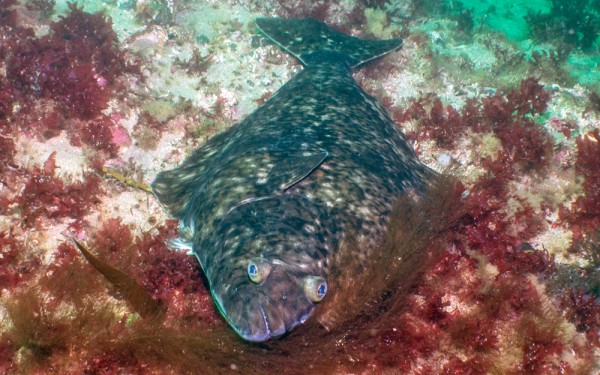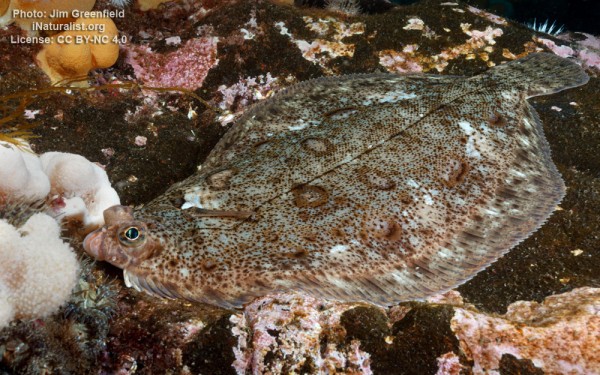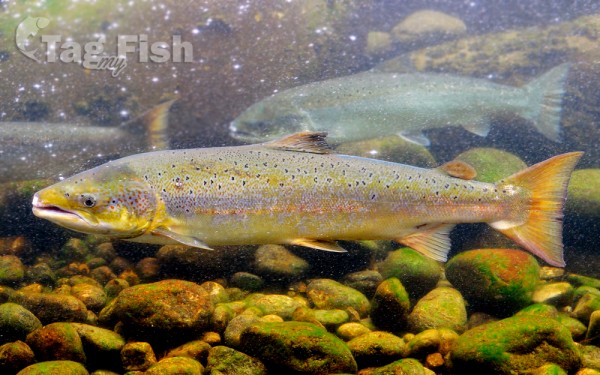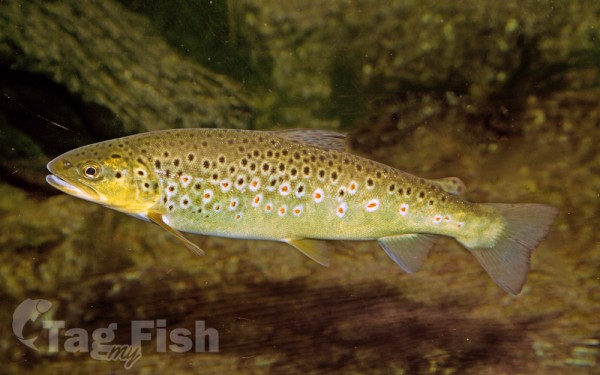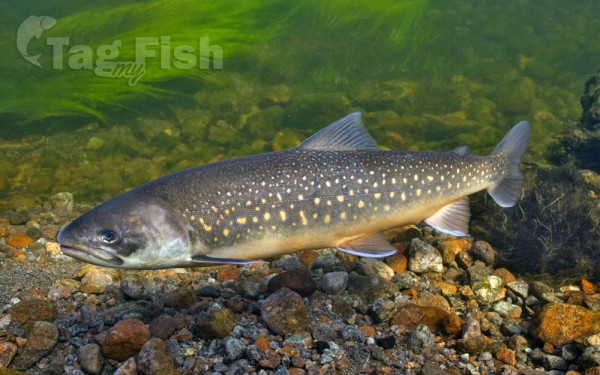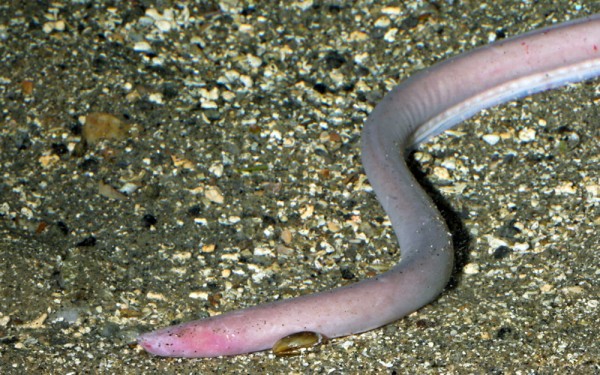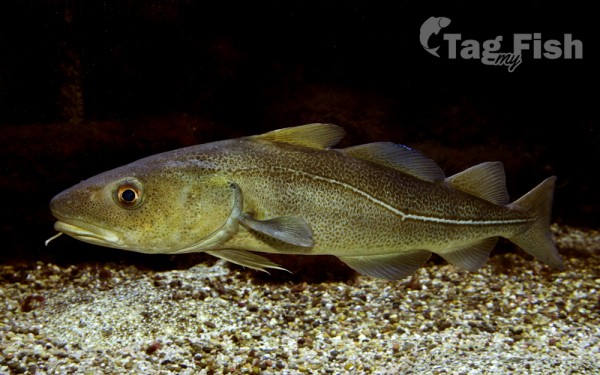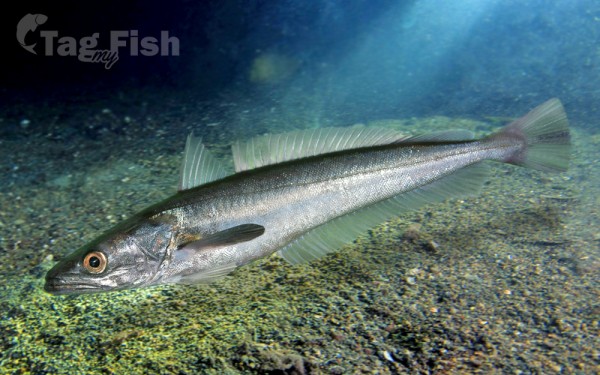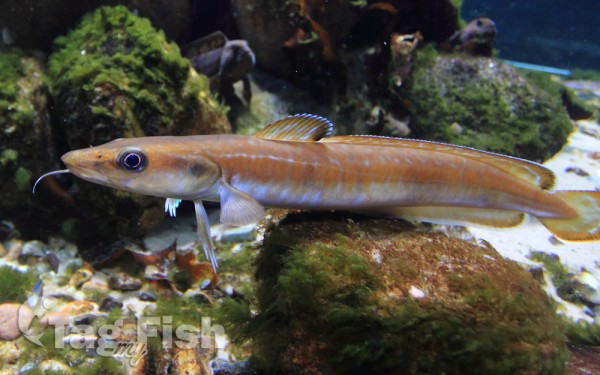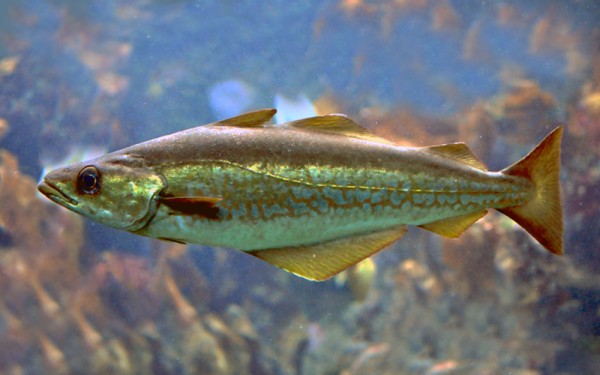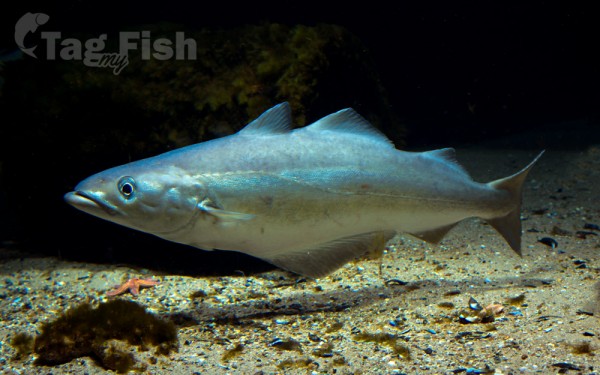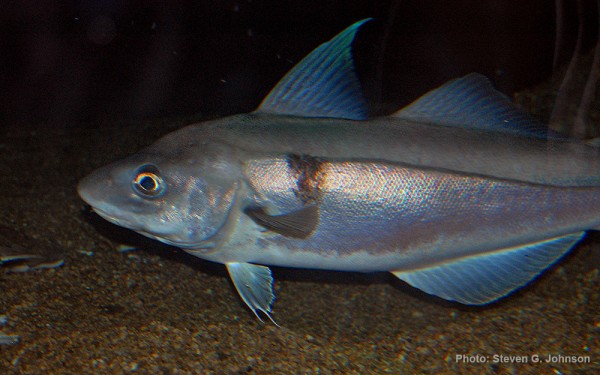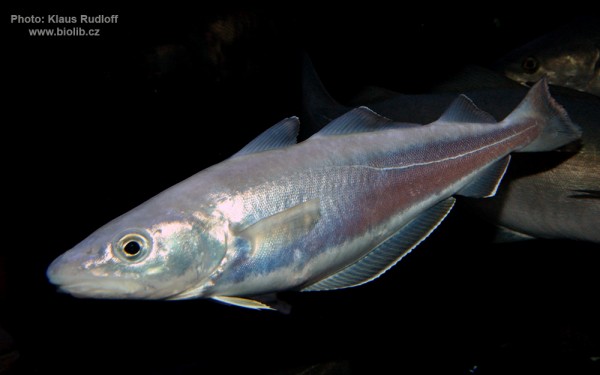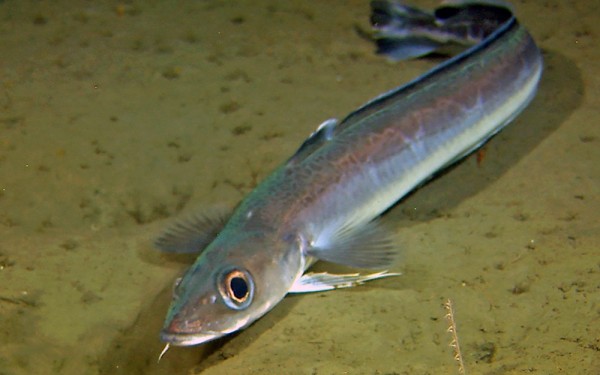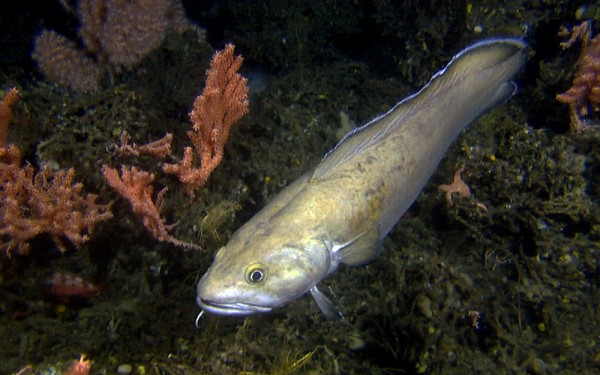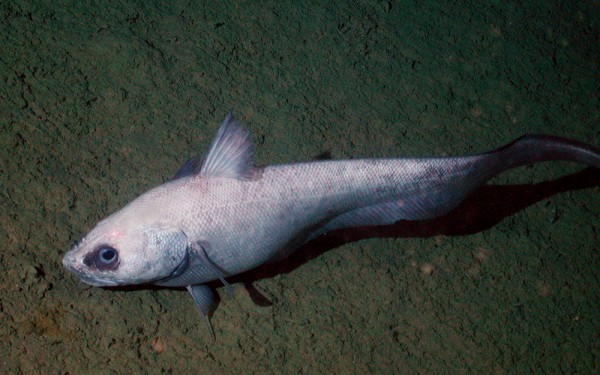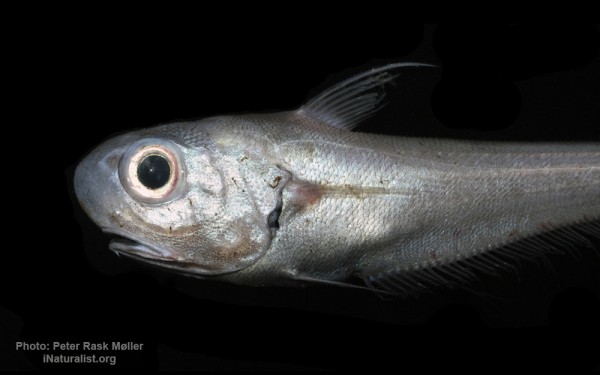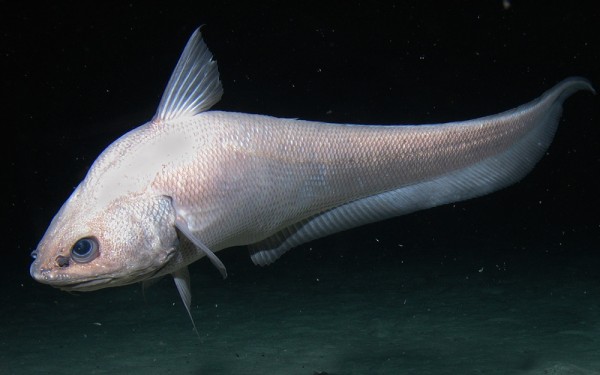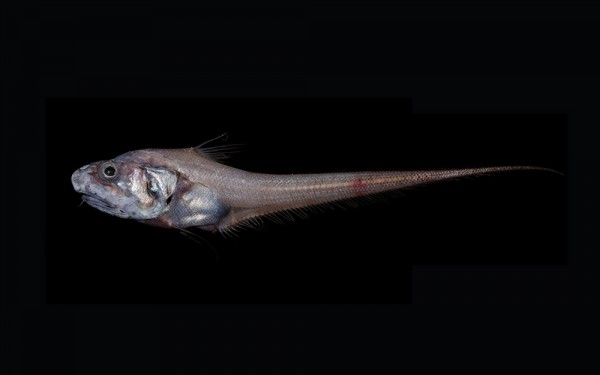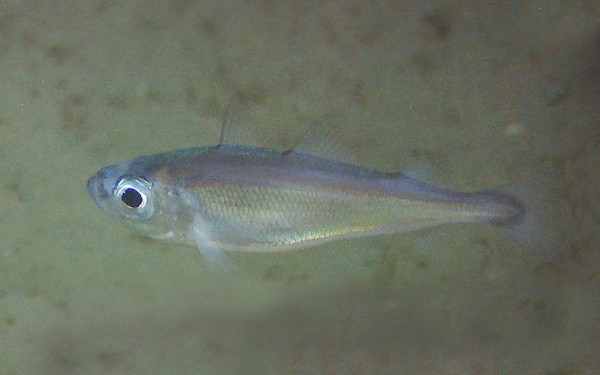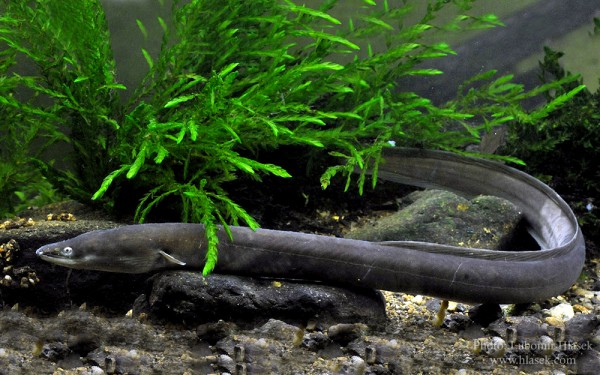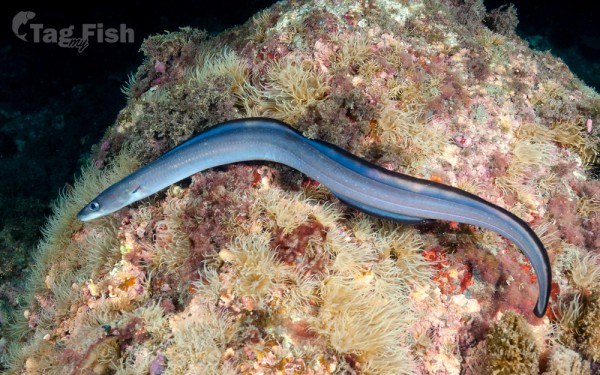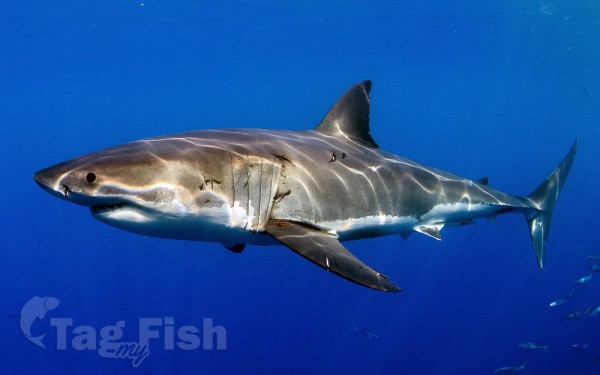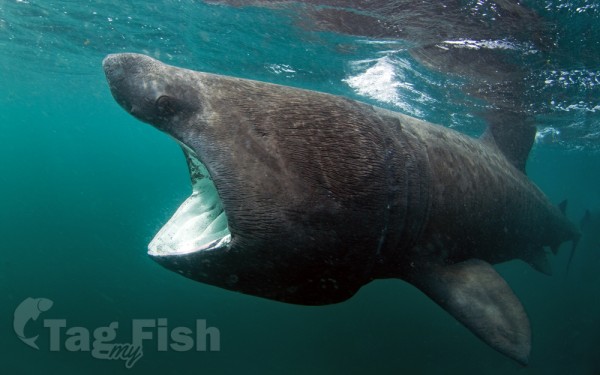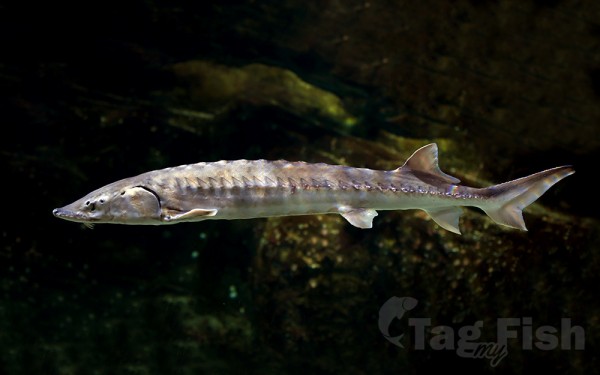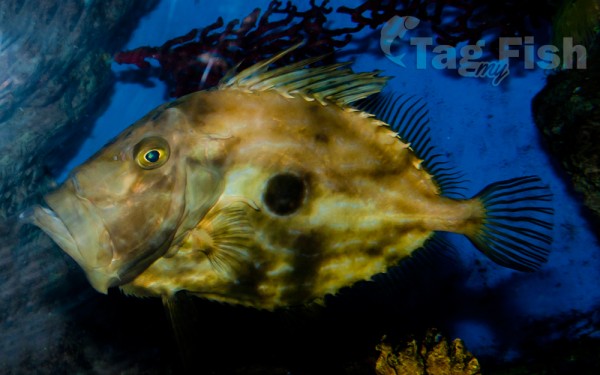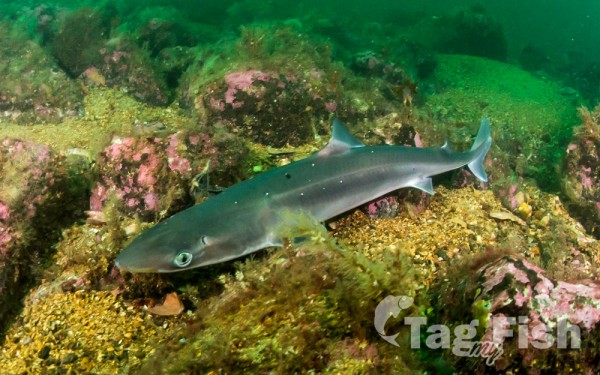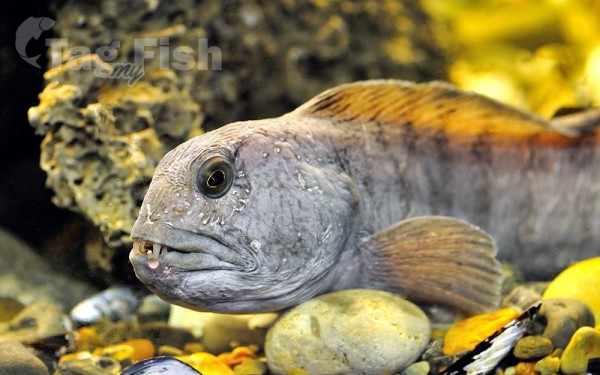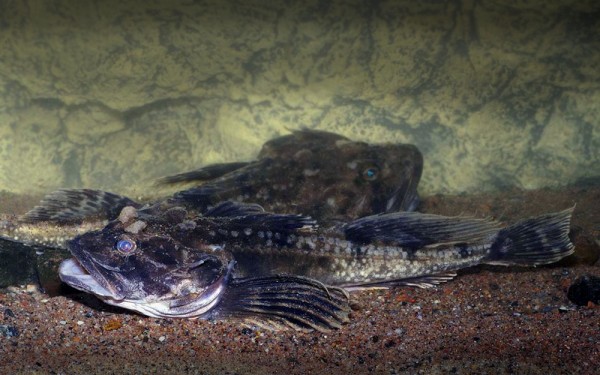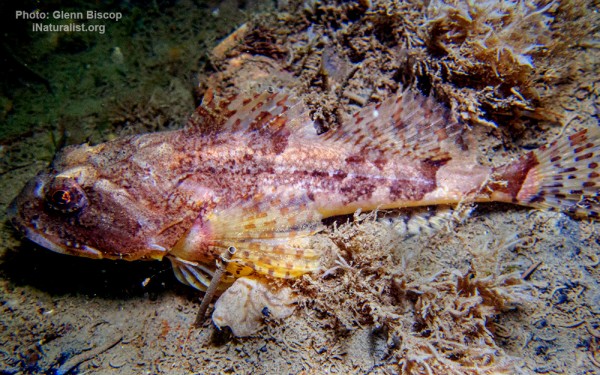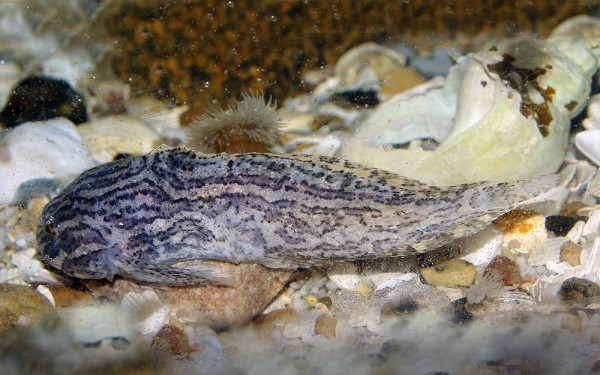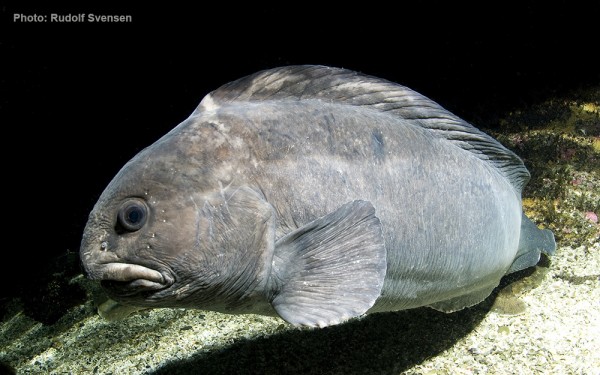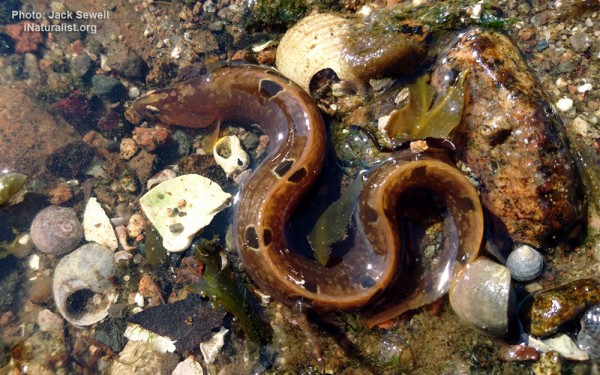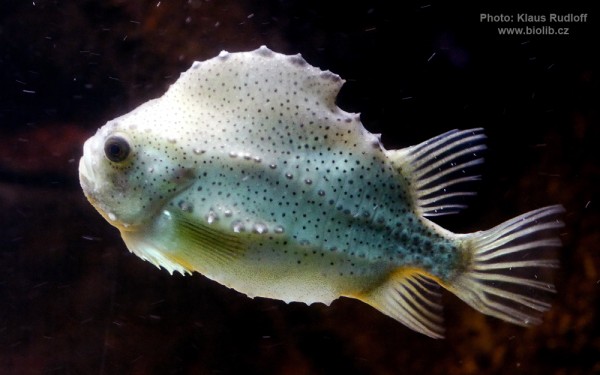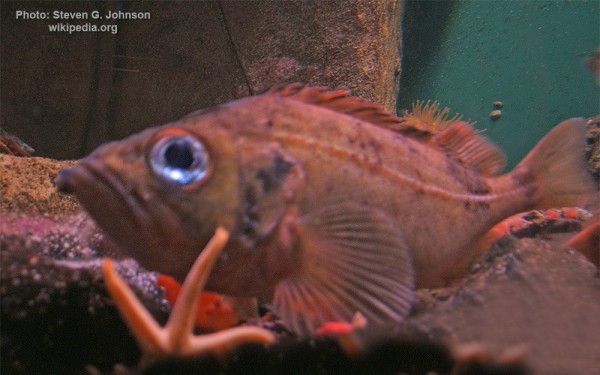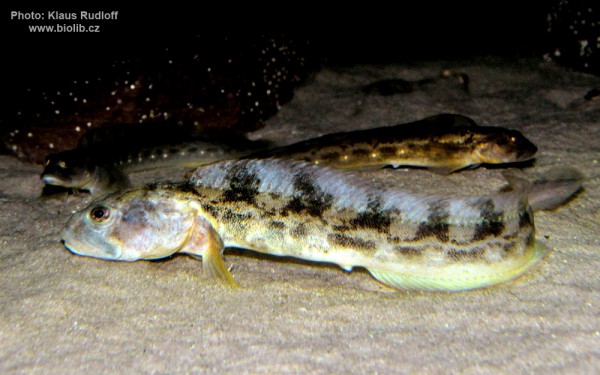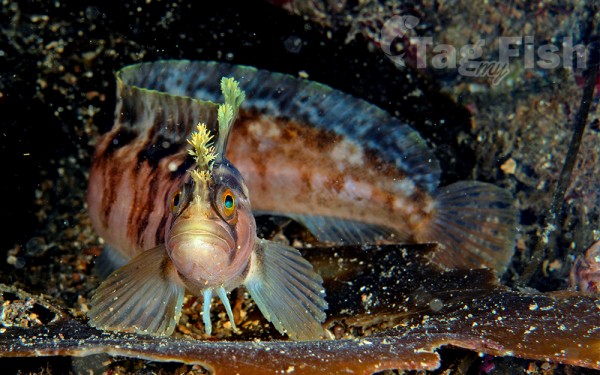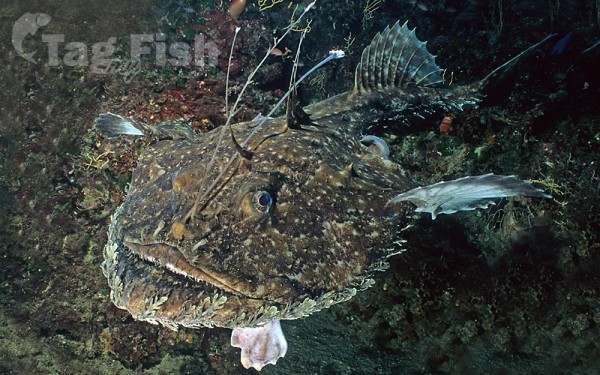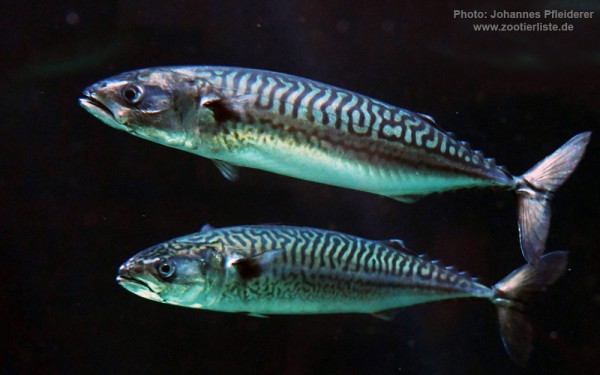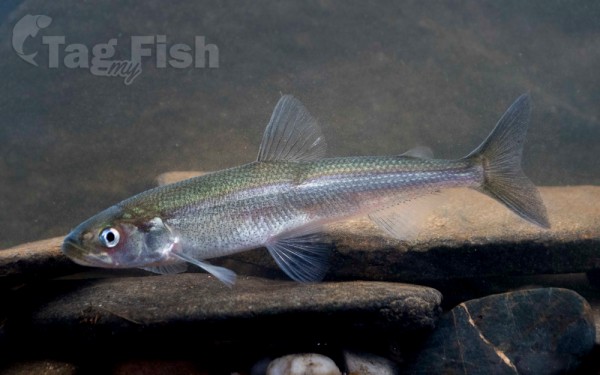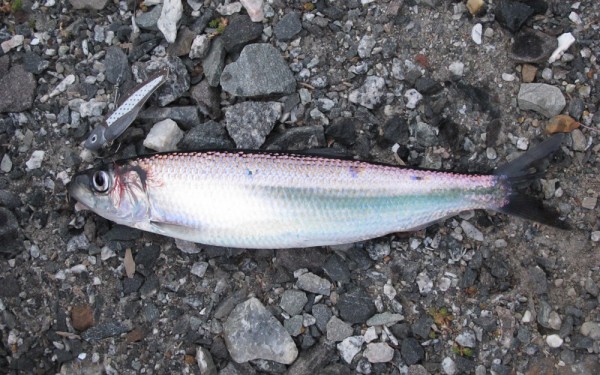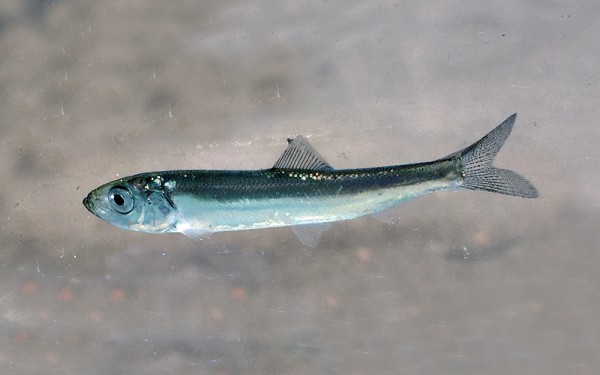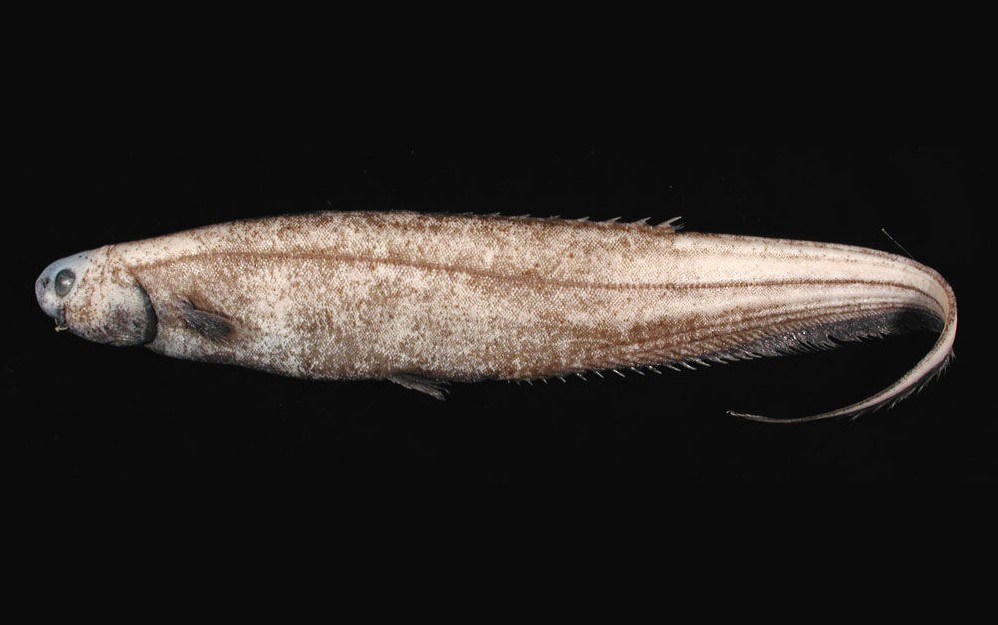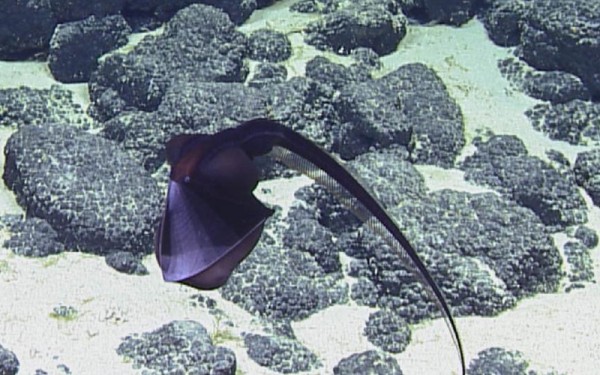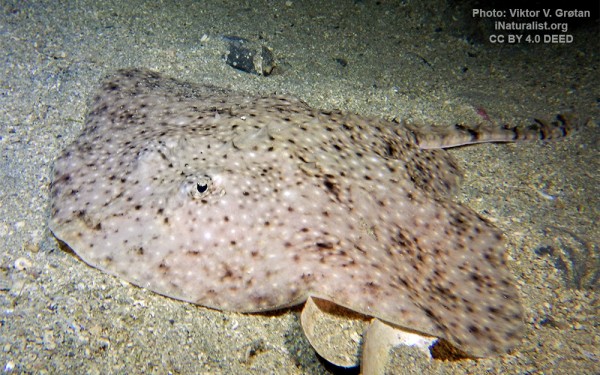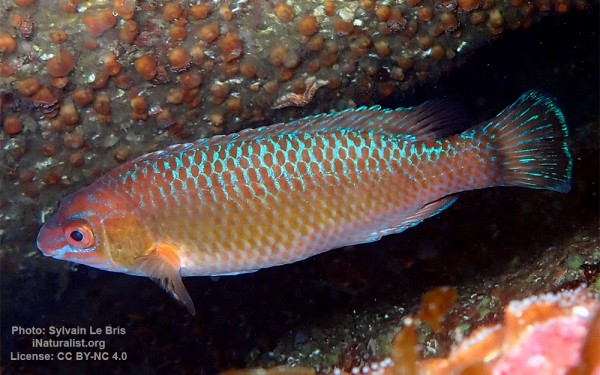Greenland Sea

Pleuronectiformes - Flatfishes
Salmoniformes - Salmons and Trouts
Myxiniformes - Hagfishes
Gadiformes - Cods
Anguilliformes - Eels and morays
Lamniformes - Mackerel sharks
Acipenseriformes - Sturgeons and Paddlefish
Carcharhiniformes - Ground sharks
Zeiformes - Dories
Squaliformes - Sleeper and dogfish sharks
Scorpaeniformes - Mail-cheeked fishes
Lophiiformes - Anglerfishes
Scombriformes - Mackerels
Osmeriformes - Smelts
Clupeiformes - Herrings
Notacanthiformes - Spiny eels
Saccopharyngiformes - Swallowers and Gulpers
Rajiformes - Skates and rays
Labriformes - Wrasses
The Greenland Sea is a body of water that borders Greenland to the west, the Svalbard archipelago to the east, Fram Strait and the Arctic Ocean to the north, and the Norwegian Sea and Iceland to the south.
The Greenland Sea is often defined as part of the Arctic Ocean, sometimes as part of the Atlantic Ocean. However, definitions of the Arctic Ocean and its seas tend to be imprecise or arbitrary. In general usage the term Arctic Ocean would exclude the Greenland Sea.
The sea has Arctic climate with regular northern winds and temperatures rarely rising above 0 °C (32 °F). It previously contained the Odden ice tongue (or Odden) area, which extended eastward from the main East Greenland ice edge in the vicinity of 72–74°N during the winter and acted as a key winter ice formation area in the Arctic. The West Ice forms in winter in the Greenland Sea, north of Iceland, between Greenland and Jan Mayen island. It is a major breeding ground of harp seal and hooded seal that has been used for seal hunting for more than 200 years.
